Board meetings have changed. Gone are the days of technical jargon and security metrics that only IT professionals understand. Today’s boards are asking pointed business questions that cut straight to the heart of cybersecurity value.
Here are the three questions dominating boardroom discussions in 2025:
1️⃣ “Can you show me our actual risk exposure right now?”
Translation: Not 47 dashboards. One clear answer.
According to PwC’s 2025 Global Digital Trust Insights survey, only 2% of executives say their company has implemented cyber resilience actions across their organization. Board members are tired of complexity—they want clarity.
As noted in the World Economic Forum’s Global Cybersecurity Outlook 2025, “CISOs now quantify cyber risk by its effects on market share, brand trust, safety and regulatory compliance, showing how cyber incidents can ripple throughout an organization.”
The challenge? Most organizations still present risk through multiple, disconnected dashboards that fail to provide a cohesive picture. As security experts advise, boards need “a five-minute update with clear takeaways: What’s changed? What are the risks? What do you recommend?”
2️⃣ “Are we getting ROI from our $30M security spend?”
Reality check: When tools don’t integrate, 65% of capabilities go unused.
This question strikes at the heart of security economics. According to Balbix, calculating security ROI means understanding “the reduction in risk (in monetary terms) as a result of investing in a security tool.”
The problem is widespread. Research shows that 55% of security teams manage 20 to 49 tools, while 22% use 50 to 99. With this level of complexity, 24% of respondents struggle with poor integration, and 35% feel their stack lacks key functionality.
When tools operate in silos:
- Critical features remain undiscovered and unused
- Teams waste time switching between platforms
- Correlation of threats across systems becomes manual and error-prone
- The true value of security investments remains unrealized
3️⃣ “How quickly can we respond to the next SolarWinds?”
The equation is simple: Integration speed = response speed.
The SolarWinds attack remains a watershed moment in cybersecurity history. As analysis shows, more than 18,000 organizations installed malicious updates, with the malware spreading undetected for months.
Response time is everything. Modern security platforms like SolarWinds Security Event Manager now emphasize that “the cost of a data breach can be reduced by how quickly you identify the threat and start addressing it.”
But speed requires integration. When security tools operate independently:
- Alert correlation takes hours instead of minutes
- Context switching between platforms delays decision-making
- Critical connections between events go unnoticed
- Response coordination becomes a manual, error-prone process
The Common Thread: Unified Visibility
These aren’t technical questions. They’re business questions. And remarkably, they all have the same answer: unified visibility.
Modern security observability platforms are addressing this need by providing “unified visibility into security events across networks, infrastructures, applications, and databases” through integrated dashboards that eliminate the need for context switching.
As industry analysis reveals, CISOs in 2025 are prioritizing Security Operations modernization, with many believing that “automation will reduce the workload of their Security Operations Center (SOC).”
The benefits of unified visibility are clear:
- For risk exposure: One dashboard showing real-time security posture across all assets
- For ROI measurement: Clear visibility into which tools are actively protecting assets and their effectiveness
- For incident response: Integrated workflows that automatically correlate threats across platforms
The Path Forward for CISOs
As recent research highlights, “CISOs are now expected to have clear, defensible answers to questions like: What happens if we don’t fix this vulnerability? What’s the impact of not buying this tool? What’s the ROI of a mitigation effort versus the cost of a breach?”
The message from boards is clear: simplify, quantify, and unify. In an era where CISOs face increasing personal liability for security failures, the ability to provide clear, business-aligned answers isn’t just good practice—it’s essential for both organizational and personal protection.
What Questions is YOUR Board Asking?
The evolution from technical metrics to business outcomes represents a fundamental shift in how cybersecurity value is measured and communicated. CISOs who can translate complex security realities into clear business impacts—supported by unified visibility platforms—will find themselves speaking the same language as their boards.
The tools exist. The frameworks are proven. The only question remaining is: How quickly will you unify your security visibility to answer these critical board questions?
Are you prepared for your next board meeting? Share the questions keeping your board up at night.
#BoardroomCybersecurity #CISOChallenges #SecurityLeadership #UnifiedVisibility #CyberROI
